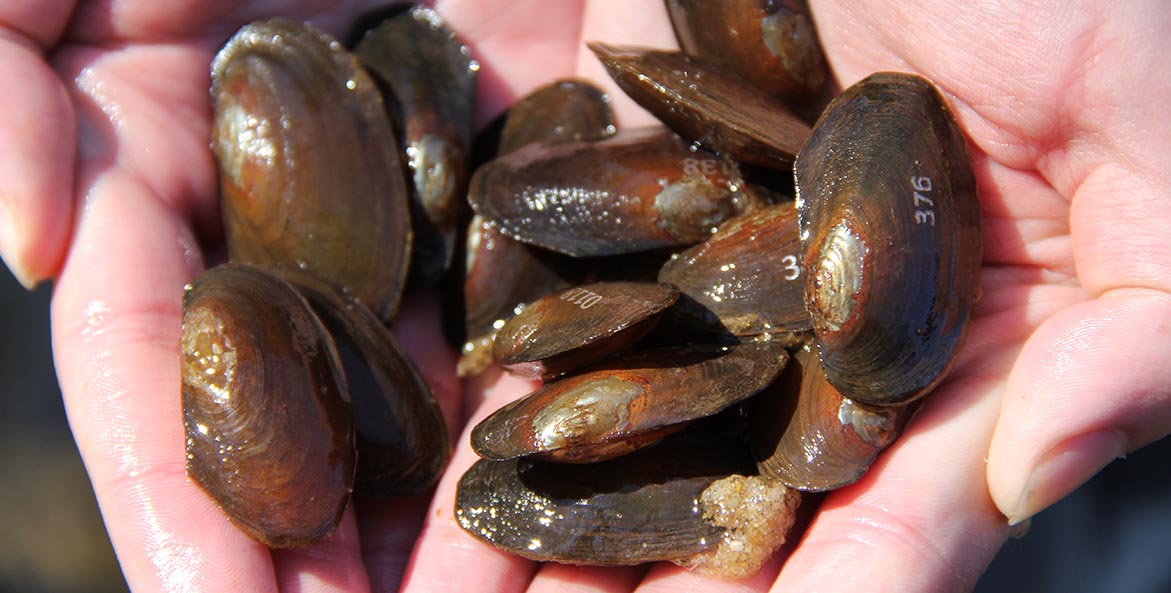It may feel like summer is winding down, but many Chesapeake critters are quite active in a final hoorah before fall. Naturalist John Page Williams, Jr. discusses osprey chicks taking their first flights, sea turtles, and stinging nettles in the latest episodes of our Chesapeake Almanac podcast. Round that out with a new study on the state of the watershed's freshwater mussels, a look back at the ancient, giant sharks that once called the Bay region home, and a primer on four things you should know about jellyfish as you enjoy late summer days on the water. Finally, keep tabs on a new federal program that would help restore fish and wildlife habitat as well as all the latest from our Around the Bay in 60 Seconds news roundup.
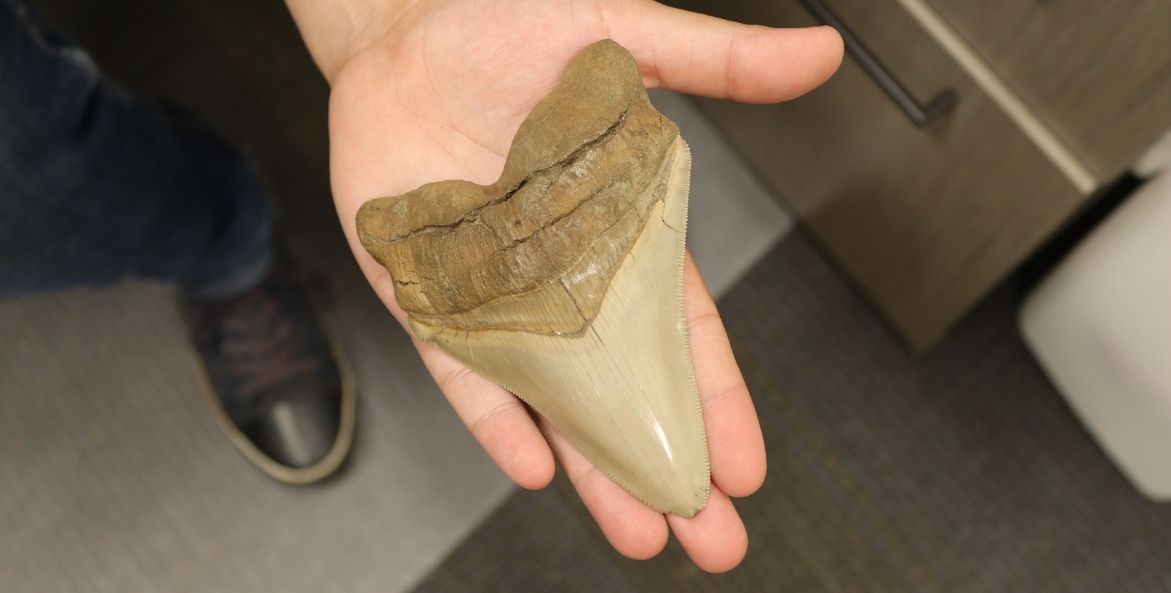
Megalodon’s name means “big tooth,” and that’s no exaggeration. Teeth like this one, measuring 4.5”, have been found along the shores of the Chesapeake Bay. It is currently on display at the Calvert Marine Museum.
Anjelica Eitel/CBF Staff
Big (Shark) Tooth
Megalodon, the world's largest ocean predator, once called the Chesapeake Bay region home millions of years ago. Its name means "big tooth," and we still find fossilized teeth, which are sometimes as large as 6 inches, along local beaches. What made the Bay an ideal habitat for this Miocene monster, and what happened to it?
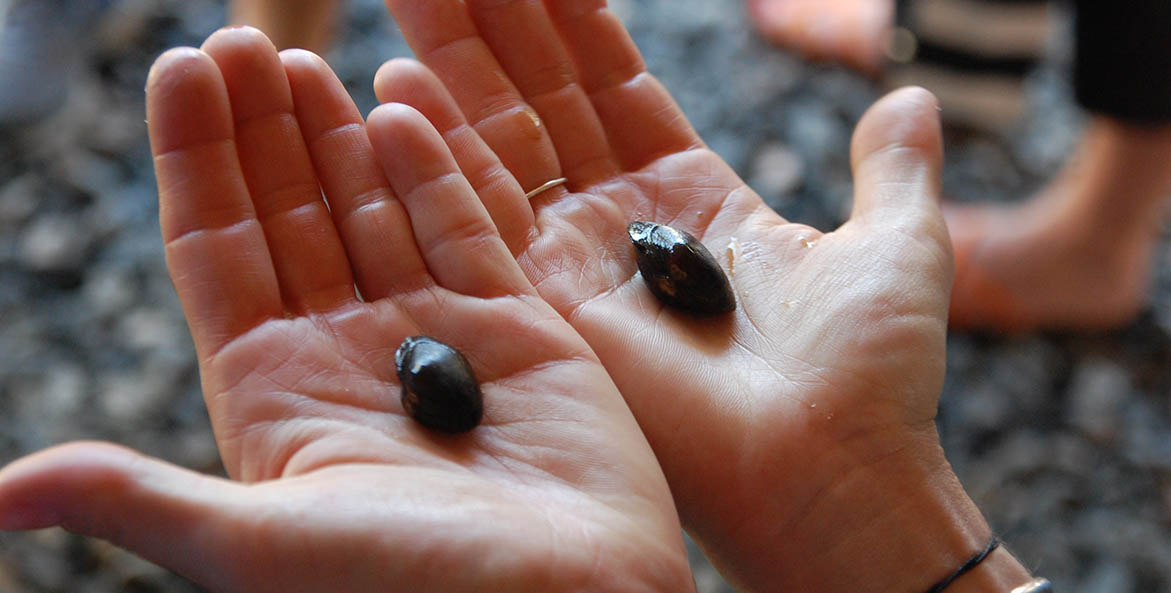
Rainbow mussels at the Harrison Lake Hatchery in Charles City, VA.
Kenny Fletcher/CBF Staff
Video: Mighty Mussels in Peril
Carolina Slabshells, Tidewater Muckets, Green Floaters—an amazing diversity of freshwater mussels call the rivers and streams of the Bay watershed home. But a new report finds that we're losing these filter feeders faster than we can study them. Now, robust efforts are required to save the mighty mussel.
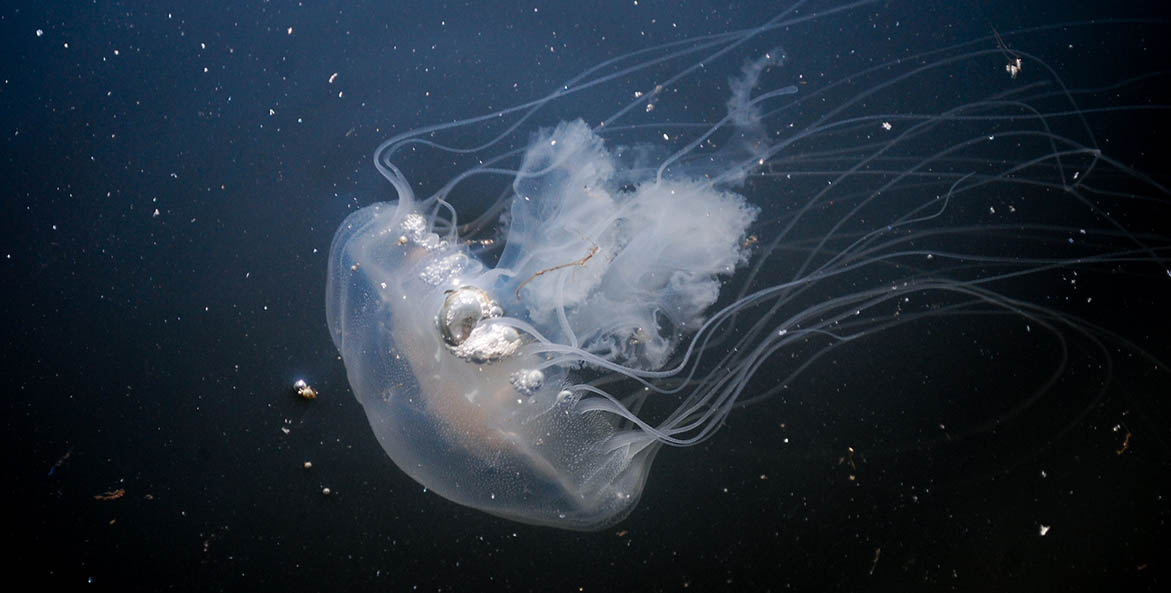
A sea nettle drifts in Spa Creek at Annapolis Marina in Annapolis, Maryland.
Matt Rath/Chesapeake Bay Program.
Feeling Jelly
It wouldn't be a Chesapeake summer without sea nettles. Despite the uncomfortable sting they inflict, jellyfish have long fascinated. There's something otherworldly, even graceful, about these pulsing, gelatinous animals. From where to watch for nettles to treating their irritating stings, here are four things you should know as you enjoy the water.
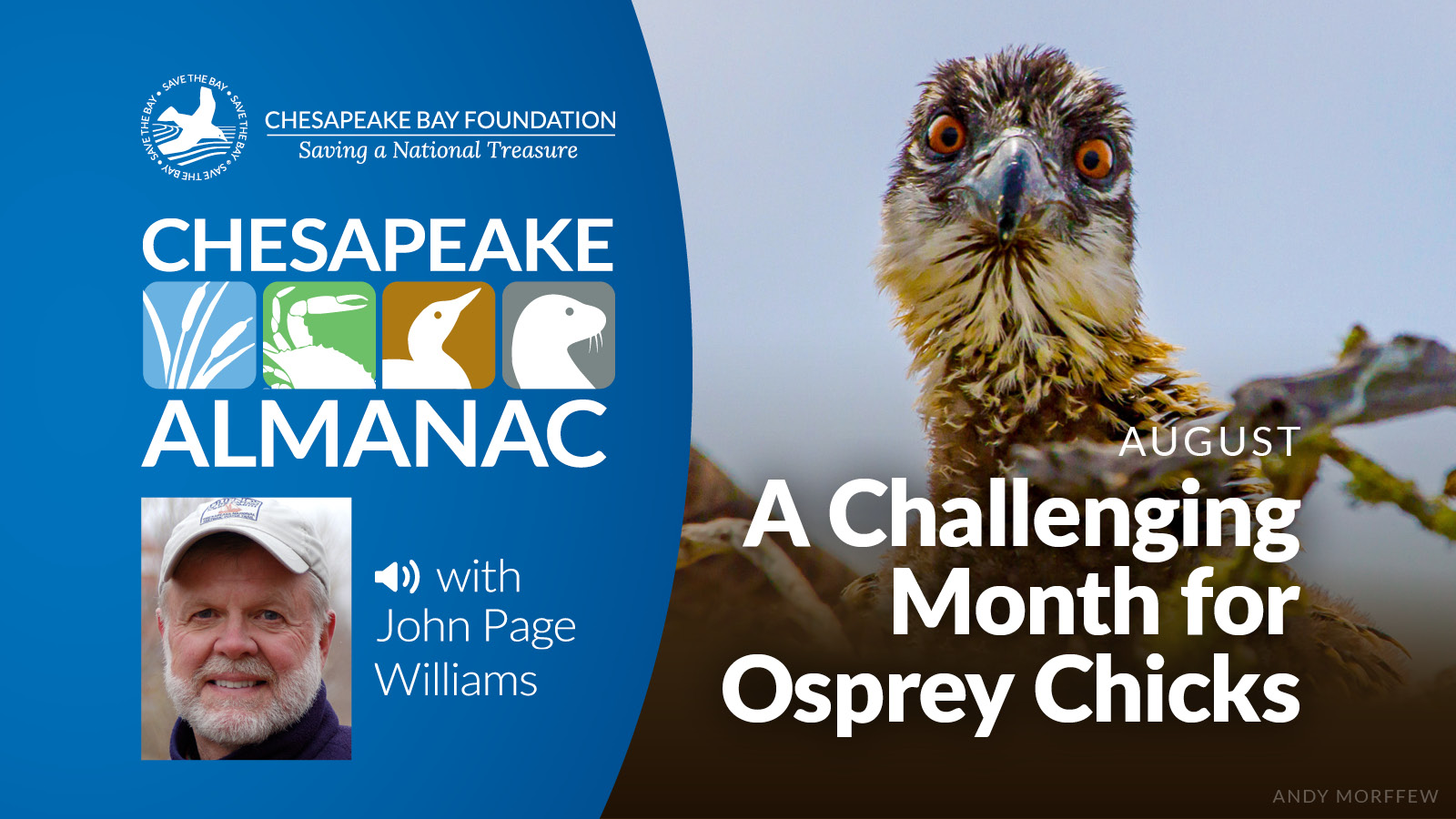
Keeping Up with the Critters
Every Wednesday, naturalist John Page Williams, Jr. gives inside accounts of the Bay's creatures and seasonal events from his Chesapeake Almanac. In this month's episodes, he shares stories of sea nettles, giant and mysterious sea turtles, and osprey chicks as they begin to take their first flights.
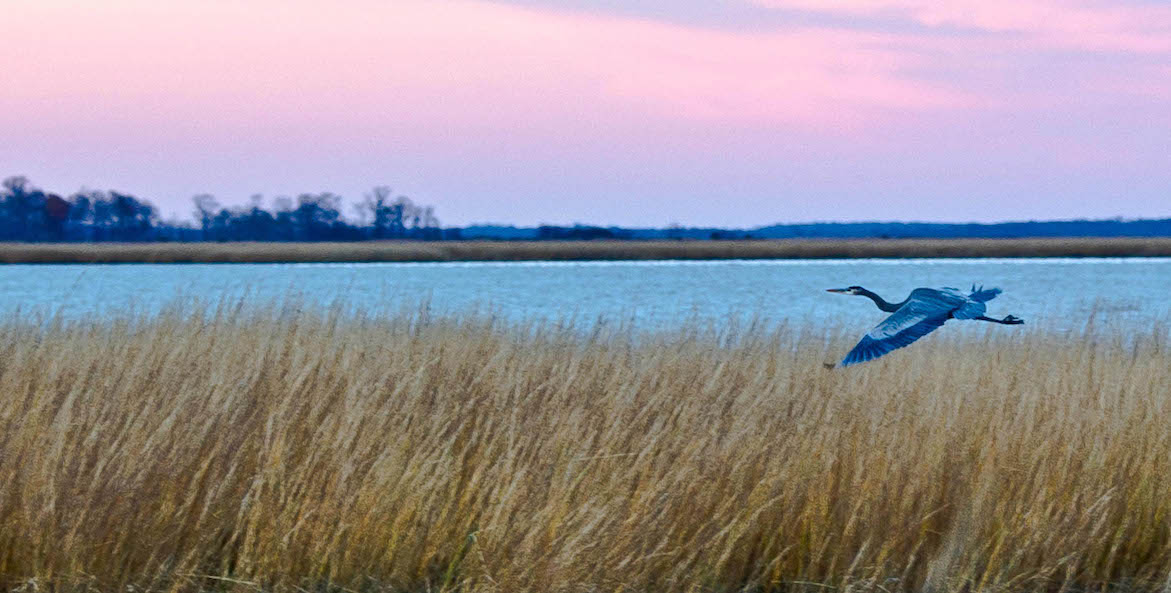
Michael Adams
Watch for WILD
The U.S. House of Representatives is moving forward with full funding for the Chesapeake WILD program in its budget bill. This new program, which many CBF members have advocated for, will help restore fish and wildlife habitat and bolster recreational opportunities throughout the watershed. We're keeping a close eye on it!
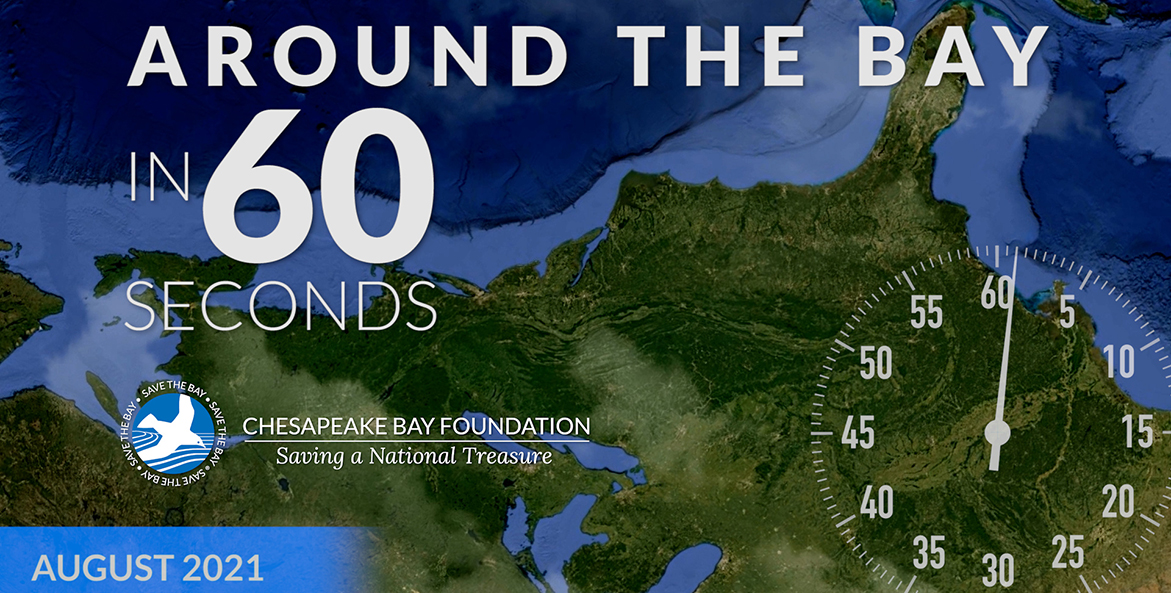
Video: Around the Bay in 60 Seconds
In this month's news roundup, the recently passed Senate infrastructure bill includes a big increase for EPA's Chesapeake Bay Program funding, Pennsylvania students launch a campaign against an invasive pest, new reef balls go in the water for Bay oysters, Virginia legislators set aside money to address wastewater and septic system pollution, and more.
What You Can Do
- Agriculture is an integral part of the Bay watershed's culture, heritage, and economy. One easy thing you can do for our farmers right now is to sign our pledge and show your support for federal investments in critical agricultural conservation practices that help our environment, economy, and way of life.
- BayRaisers turn unique ideas, like the student-led Tributary Festival or Williamsburg city councilman's cross-state bike ride, into creative ways to save the Bay. Become a BayRaiser today or search and support one that inspires you.
- August is National Make-a-Will Month! Invest 20 minutes of your time today to eternalize support for the people and causes that you love—and to protect the Bay forever. Start your free will now!
- Help us continue to bring the Bay and its rivers to you at home each month. Donate today.

